Review: ZTE Blade Z Max for MetroPCS
Sep 15, 2017, 10:30 AM by Eric M. Zeman

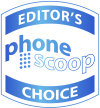
Looking for the biggest possible screen on the least expensive smartphone? The Blade Z Max may be what you seek, thanks to its IMAX-sized display, insane battery, dual cameras, and affordable price point. Here is Phone Scoop's review of ZTE's latest Android handset for MetroPCS.
Hardware
Is It Your Type?
ZTE has cornered the market on inexpensive, big-screened Android handsets. The Blade Z Max is ZTE's latest offering for MetroPCS customers and it includes a massive 6-inch display, fingerprint reader, and dual cameras, all at an affordable price point.
Body
The ZTE Blade Z Max is an absolutely huge plastic slab. The phone borrows from ZTE's more conservative design ethos in that it is adorned in blacks, grays, and silvers. The size certainly helps the phone stand out a bit, but otherwise it comes across as somewhat boring and nondescript.

ZTE opted for a nice piece of curved-edge glass for the front. The frame — which wraps all the way around the outer profile — has a metallic finish to it but isn't actually metal. ZTE cut the frame with chamfers along the edges, but the polycarbonate can't shine the way metal would. The rear panel is somewhat unique. It's mostly flat, though it bends slightly near the side edges. The material is rubbery and has a honeycomb pattern to help give the phone some grip. It's unique.
You're going to need some big pockets to tote the Blade Z Max around. The phone is just gigantic. It measures more than 6.5 inches tall and 3.3 inches wide. It dwarfs even large phones like the Galaxy Note8 and the iPhone 8 Plus. To call it a two-handed device would almost be an understatement. It's a bit heavy, too, so you'll always know it's in your jeans when walking around. If you have small hands, or prefer one-handed devices (which I admit are *really* hard to find these days), then the Blade Z Max may be too much phone for you.
ZTE didn't cheap out on the materials. The front panel, made from Dragontrail Glass, is perfectly smooth and formed along the edges. I wish the frame were metal and not plastic, but the plastic certainly seems strong enough. The outer components are assembled tightly. Nothing about the phone feels flimsy or insignificant. I'm pleased with the quality.
The Blade Z Max's 6-inch display is certainly not "bezel-free", though it's par for this class of phone. The display consumes the majority of the front surface. The user-facing camera is easy to spot. The chin is a bit thicker than the forehead and holds three capacitive buttons for interacting with the Android UI. The home button is a small circle, while the back and multi-task buttons are tiny dots. All three light up and vibrate when touched. They're easy enough to use.
You'll find the screen lock and volume buttons on the right edge of the Blade Z Max. The physical profiles are excellent, making them all a cinch to find. The screen lock button has a rough texture to help differentiate it from the volume controls. Travel and feedback is perfect. This trio of controls functions really well. The SIM tray is tucked into the left edge. The tray also accommodates a microSD memory card.

ZTE is one of the few phone makers that has adopted USB-C on its affordable models. I'm happy to see USB-C on the Blade Z Max, but it may require you to update your cables. ZTE was kind enough to install a standard 3.5mm headphone jack on bottom edge.

ZTE glued the rear panel into the frame, sealing the battery inside. ZTE positioned the fingerprint reader right where it needs to be, in the upper half of the rear panel. It's a breeze to find without looking. I'm glad the camera module doesn't protrude from the surface.
Like many of ZTE's recent handsets, the Blade Z Max is for those specifically seeking the biggest screen possible. I'm happy to report that ZTE did a commendable job putting this phone together. It may be humongous, but the hardware is made of fine components and assembled perfectly.

Screen
The Blade Z Max has a 6-inch screen with full HD (1080p) resolution at the traditional 16:9 aspect ratio. The display is bright, colorful, and accurate. Pixel density is (just) good enough at this size. The display is fantastic for watching video content, or multitasking with two apps. Viewing angles are decent for an LCD screen. Brightness is fine most of the time, but visible fingerprints get in the way when outdoors.
The Z Max isn't the best option for VR thanks to the resolution and LCD technology.

Signal
I tested it around the New York City area and found it performed on par with other MetroPCS-branded phones.
MetroPCS is a T-Mobile company, and so uses T-Mobile's network. The Z Max held onto T-Mobile's LTE network everywhere I took it, and was able to hit decent data speeds under a variety of signal conditions. I didn't run into any trouble streaming music over the network, but watching HD YouTube videos via LTE sometimes ran into buffering issues. Browsing the web and content-rich social media apps worked well.
The phone connected nearly all calls on the first dial and only dropped one on the highway while I tested it during a long drive.
Sound
The Blade Z Max is a fine voice phone. The earpiece pushes clear voices with plenty of volume. I was able to enjoy conversations at home and even in the car with the volume set to medium levels. I had to turn it up when walking on city streets or sitting in a busy coffee shop. High volumes introduced a small amount of distortion, but it wasn't too bad. People I spoke to through the Blade Z Max said I sounded "close by."
The speakerphone does well. It offers bright, punchy voice tones at medium volumes that are audible in spaces such as your home or office. Cranking it up does impact quality a bit, but you can easily hear calls in a moving vehicle.
Ringers and alert tones always got my attention. The vibrate alert performed well.
Battery
Few phone batteries are as large as the one found in the Blade Z Max. This ridiculous 4,080 mAh power supply gives the Blade Z Max all the battery life anyone could ask for. The phone consistently pushed through a day and a half on a single charge. Sometimes it lasted a full two days. You can't expect much more from any modern handset. Even on days when I used the phone intensely, it still had at least 40% battery capacity left at the end of the day.
The Z Max supports Quick Charge 2.0 and the included charger will power it up relatively quickly. The phone does not support wireless charging.
Bluetooth, GPS, NFC, WiFi
ZTE did a fine job tuning the Blade Z Max's secondary radios. The handset paired and connected with headphones, speakers, and my car's hands-free system with no issue. Call quality through my car was surprisingly good, but music came across as rather flat when streamed to a speaker.
I was pleased with the Blade Z Max's GPS performance. It ran Android Auto perfectly when I sojourned into NYC for an afternoon. It kept up with my real-time position and helped me avoid a road clogged by construction. Accuracy was as good as about 25 feet and the phone required less than 5 seconds to pinpoint me on the map.
The WiFi radio performed well. The Blade Z Max does not have NFC.
It does include an FM radio. As long as you use a pair of wired headphones (a common requirement), you can enjoy your local FM stations in stereo.
Software
Lock Screen
The Blade Z Max has a simple, standard Android lock screen experience. It includes the most basic version of an always-on display. If you choose to enable it, the always-on lock screen will briefly flash incoming notifications on the black display.
Press the home or lock button to wake the display and see the clock and notifications. The lock screen provides an absolutely huge clock near the top of the display, but the font is too thin, which hurts readability on light-colored wallpapers. Notifications are broken down by app and listed in chronological order underneath the time/date. As always, you can adjust the privacy of notifications.
I found the fingerprint reader was fast and accurate for unlocking the phone. Training several fingerprints takes only a few moments.
The fingerprint reader doubles as a shortcut button. For example, you can use it to take photos or answer calls. These options are buried in the security menu and only become visible in the settings after you've recorded your first fingerprint.
Home Screen
The Blade Z Max runs Android 7 Nougat with minimal tweaks from ZTE.
The home screen panels behave just like any other Android handset. The only difference is that ZTE has some of its own icons that look a bit cartoonish. Feel free to change up your home screens with wallpapers, app shortcuts, and widgets to suit your preference. MetroPCS did besot them with branded apps and widgets. Barf.
The app drawer, settings menu, and Quick Settings shade all rely on the stock Android experience.
The capacitive keys below the screen are back, home, multitask, but you can swap back and multitask if you're used to the Samsung layout. I like that you can adjust the font and icon sizes, which lets you fit more content on the huge screen if you wish.
The phone does not include ZTE's Mi-Pop homescreen tool.
The Blade Z Max has a Snapdragon 435 processor under the hood. This chip falls in the bottom half of Qualcomm's mid-range processors, but it's a newer design. This 1.4 GHz octa-core engine with 2 GB of RAM does a fine job keeping the Blade Z Max running. Performance was quick most of the time. The phone never felt sluggish or like it was running out of steam. The Snapdragon 435 gives the Blade Z Max plenty of power.
Camera
The Blade Z Max is one of the least-expensive handsets to adopt a dual-camera configuration. Employing two cameras opens up a number of creative possibilities on the Blade Z Max.
The quickest way to open the camera is to rapidly press the lock button twice. The app opens in a blink.
The Blade Z Max has seven shooting modes: auto, video, dual, manual, panorama, time-lapse, and multi-exposure. Other than the "dual" mode, we've seen all these on previous ZTE smartphones.
Shooting in dual mode gives you three options: portrait, bokeh, and monocolor. The portrait and bokeh modes are hardly different at all. With portrait mode, the Blade Z Max directs you to place your subject (a person) within 6.5 feet of the camera. It then combines the data from the two lenses to create a sharp image of the person with a blurred background. Bokeh produces similar results, but is designed for macro shots. (The software directs you to place the subject as close as 1 foot.) I was pleased with the results.
The monocolor tool is really neat. You can take true black-and-white images, or combine B&W images with pops of color. For example, you can choose to highlight anything that is red. The image will be mostly B&W save for anything that's actually red, which will pop visually. You can also opt for green and blue.
The manual mode is great for people who want to take a little more control. It allows you to adjust white balance, ISO, exposure, time-lapse intervals, and focus. The manual mode includes a tool to help ensure the shot is level.
The multi-exposure mode lets you take two pictures and overlay them in a handful of different ways to create a single image. This mode takes practice in order to get good results. (This feature has appeared on ZTE phones consistently over the last year.)
The settings menu is a straightforward set of screens that's really easy to use.
The selfie camera includes an adjustable beautification tool that reduces blemishes and wrinkles. You can also set it to snap a photo automatically when you smile.
The Blade Z Max's camera is relatively straight-forward to use. Most people will figure it out in a snap.
Photos/Video
The main camera has a 16-megapixel color sensor, while the second sensor is 2-megapixel and monochrome. The second sensor also helps contribute depth and contrast information when creating bokeh and portrait shots.
If we forget about the secondary camera for a moment, the Blade Z Max does a fine job. The main sensor manages to capture sharp images with proper color and exposure most of the time. If anything, it struggled with exposure on occasion. You can see some under- and over-exposed shots in the samples below. I'm glad that focus and white balance are on target.
The dual camera produces mixed results. You can see below how it creates odd outlines in both bokeh and portrait modes. Some phones are able to handle this better than others. The bokeh/portrait results are mixed at best. You'll succeed most often when you have clear, well-defined subjects and backgrounds. I like the monochrome mode mostly because it offers something relatively unique.
The 8-megapixel selfie camera does a respectable job. It takes properly exposed photos with good color, though focus was sometimes soft. I also saw a bit more grain than I care for in low-light shots. The screen-based selfie flash doesn't do a darned thing to help unless you're basically shooting in the dark.
Full HD is the highest resolution video you can capture with the Blade Z Max. It looks good, for the most part, and only suffers in dark shooting environments.
I think the Blade Z Max will be a good-enough phone for most people when it comes to everyday photo and video taking, but I'd jump to something better for vacations and/or important events.
Wrap-Up
The ZTE Blade Z Max punches well above its weight class. The phone may be a little boring to look at, but ZTE selected good materials and put them together well. The enormous screen is bright and colorful, data performance is quite good, and battery life is among the best available.
Many will appreciate the stock Android experience, particularly since it runs so well on the Blade Z Max's Snapdragon 435 processor. The camera app is robust and mostly easy to use, even when poking around with the dual shooting modes. Speaking of which, while the Blade Z Max's dual-camera features fell a little short of my expectations, it's still in a class all by itself at this price point.
MetroPCS sells the Blade Z Max for a mere $130. That's an absolute steal, considering all the Blade Z Max offers. For the pre-paid crowd, the ZTE Blade Z Max is a no-brainer.

Comments
No luck with the ZTE Blade Z Max
ZTE phones are not Trustworthy!
ZTE max
(continues)
ZTE Z MAX
















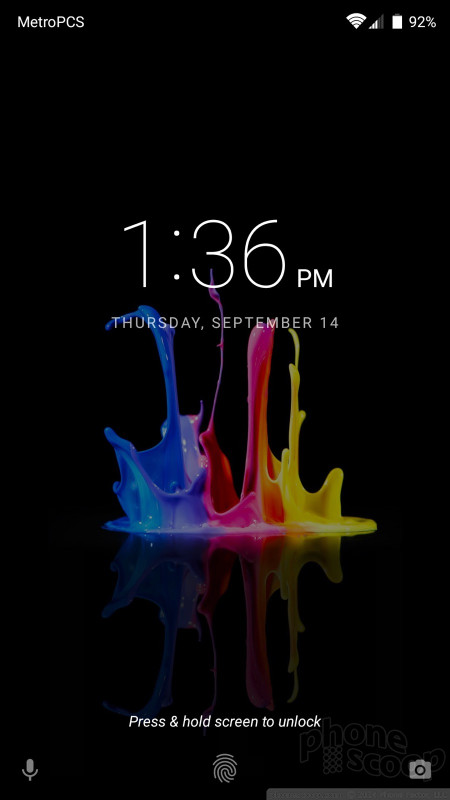





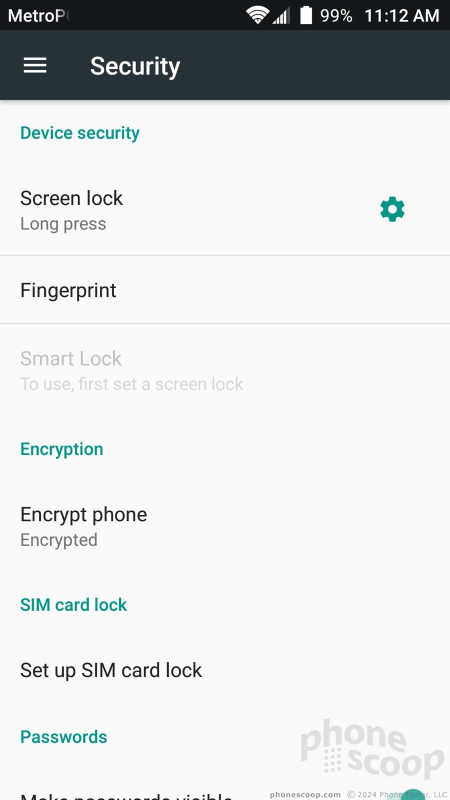















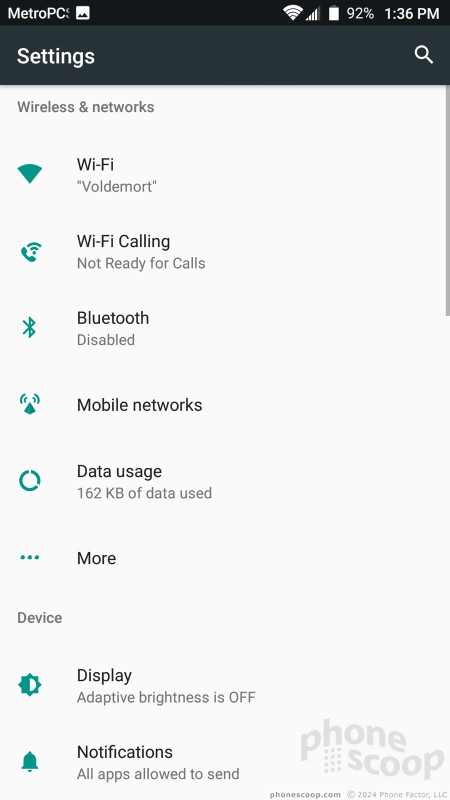







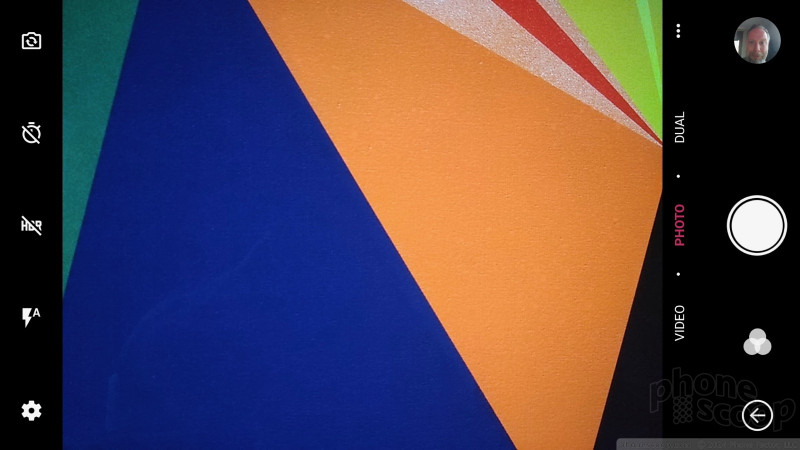





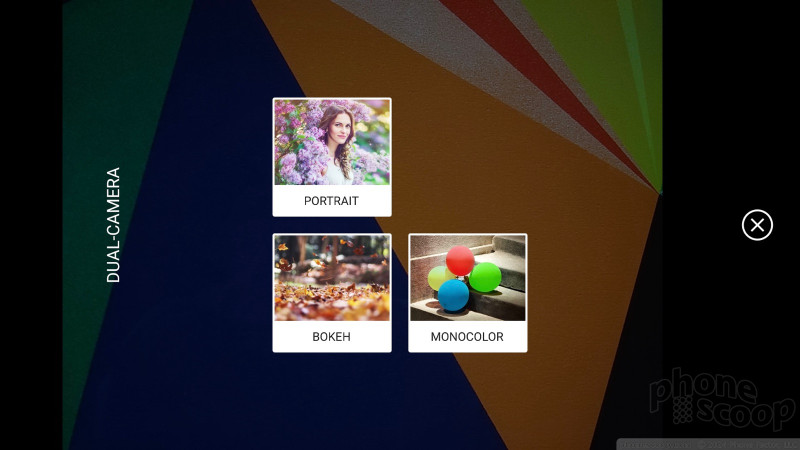











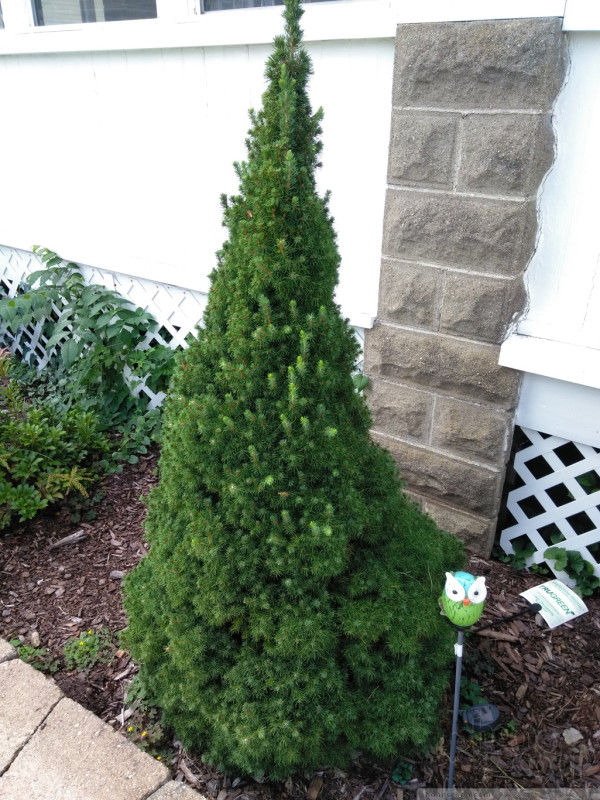












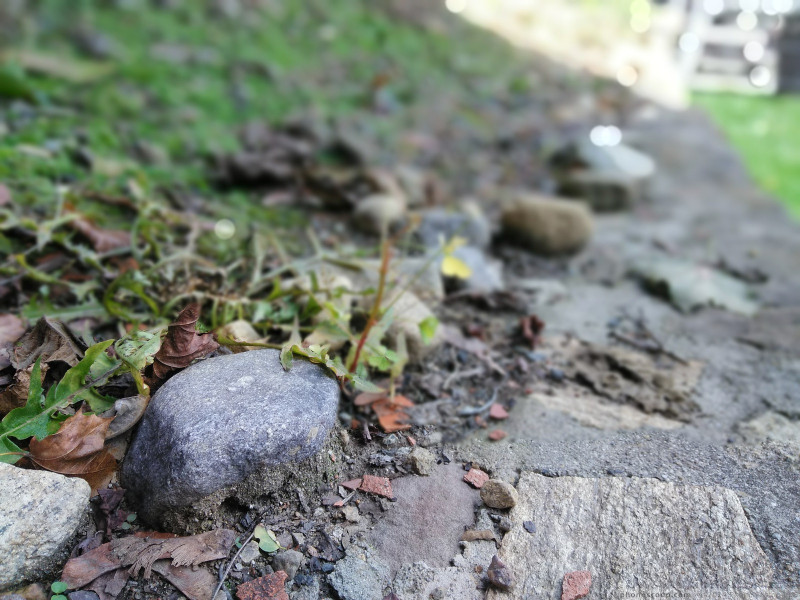





 Top Five Budget Handsets of 2017
Top Five Budget Handsets of 2017
 Holiday Gift Guide 2017
Holiday Gift Guide 2017
 Hands On with the ZTE Blade Z Max
Hands On with the ZTE Blade Z Max
 ZTE Blade Z Max Brings 6-Inch Display to MetroPCS for $129
ZTE Blade Z Max Brings 6-Inch Display to MetroPCS for $129
 iPhone 15 Series Goes All-In on USB-C and Dynamic Island
iPhone 15 Series Goes All-In on USB-C and Dynamic Island
 ZTE Blade Z Max
ZTE Blade Z Max




